Are Biometrics a Bridge Between Physical and Logical Security?
Facility managers have long sought a highly accurate and reliable method to authenticate employee, customer and vendor identity in order to reduce theft, fraud and liability – even improve cybersecurity. One or more biometric technologies may offer the best solution.
Biometrics measure distinctive characteristics of each person. Currently, the most frequently used biometric technologies are fingerprints, facial structure, and iris patterns. However, hand geometry, voice, handwriting, gait – even the pattern of typing on a keyboard –are also used.
These identifiers are something each of us own. They can’t be lost or stolen and are difficult, if not virtually impossible, to replicate. That’s led to a boom in the use of biometrics in facilities ranging from corporate offices to warehouses; airports to border crossings.
Biometrics may provide a solution to a question long asked by security professionals; How do you protect both physical and logical assets of an organization? The answer may be a solution that begins at the front door and works its way to an employee workstation.
On the physical side, access control, video and intrusion products help keep unauthorized people out of buildings. Personal Identification Verification (PIV) cards containing smart chips with employees’ demographic information and a PIN are helpful in limiting access to critical networks. However, cards and PINs can be stolen or lent to another person.
An accurate and reliable end-to-end solution that bridges physical and logical security needs is required. Biometrics may provide that bridge. Imagine this scenario:
Arriving at work, an employee enters the building using her access card and a biometric reader for two-factor authentication. Once inside, another biometric reader integrated with the elevator operating system ensures the employee gets only to her restricted floor. Another reader is mounted outside her office. One final reader integrated with workstation software enables only her to use the computer and access its data. Readers can also be placed at printers and file cabinets.
The use of biometrics eliminates the need for employees to frequently change and remember new PINs. Employee credentials are easier to manage. And overall security is improved. Enterprise facility managers are looking for novel solutions such as this to handle today’s complex security challenges.
We’re committed to finding new ways to better protect all the security needs of our clients. Contact us if you would like more about this and many other ways biometrics may help your organization.
Author
John Nemerofsky, Chief Operating Officer
SAGE Integration | Jnemerofsky@sageintegration.com |732-213-3314


